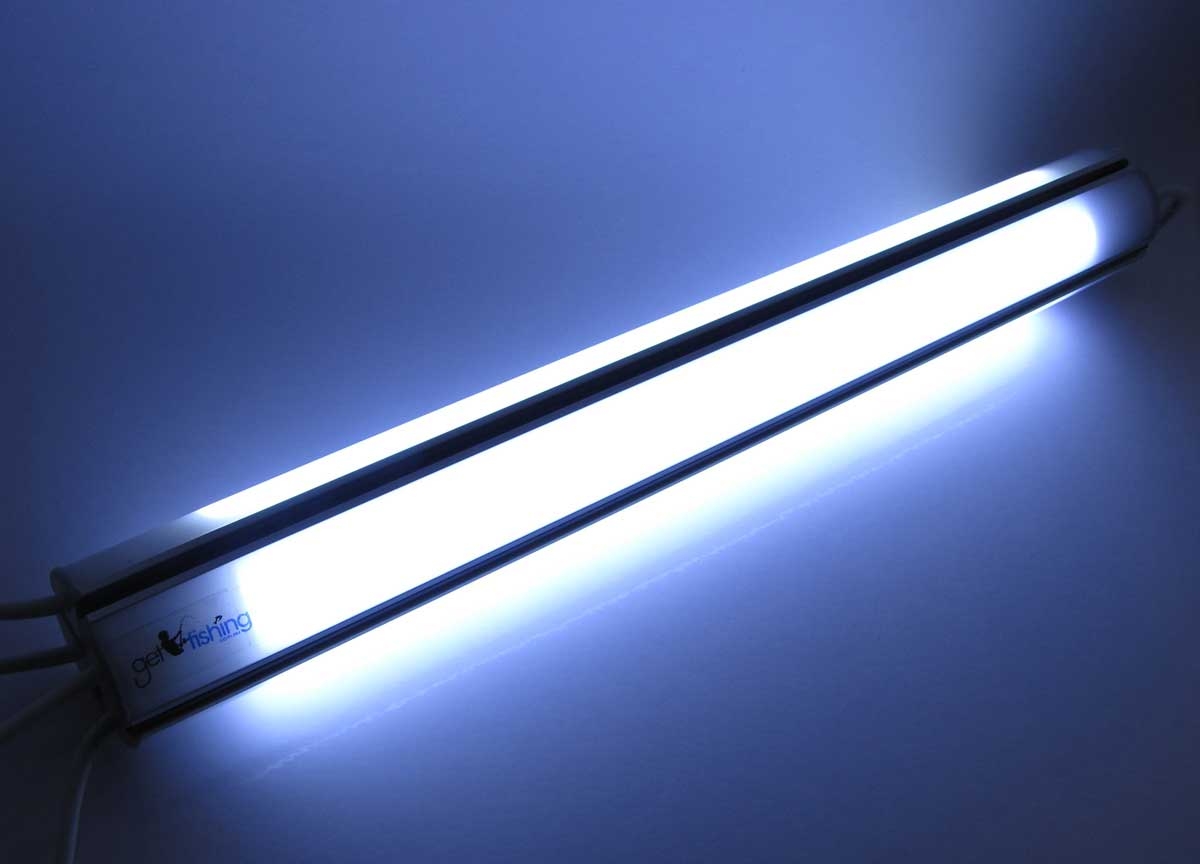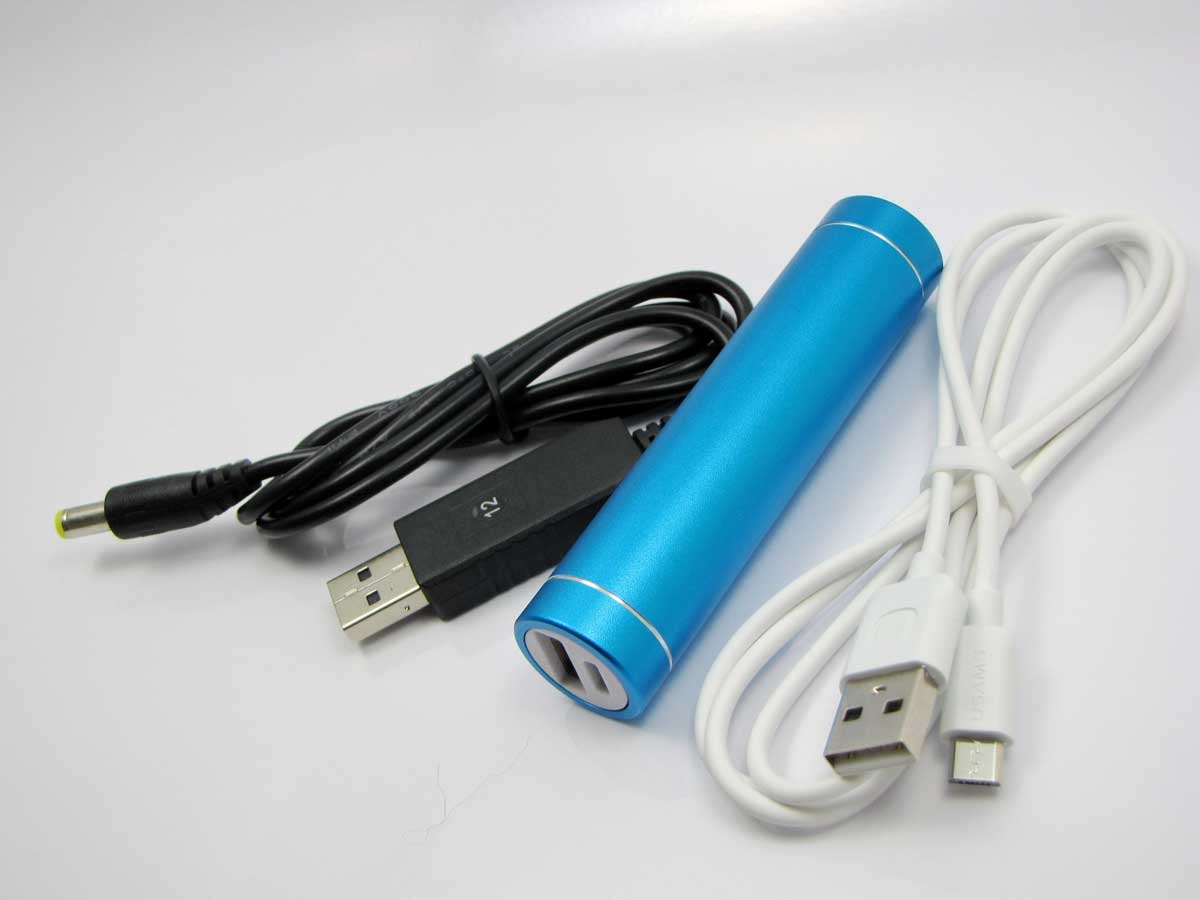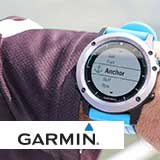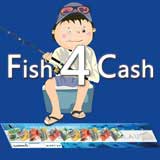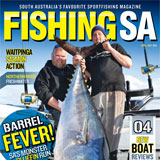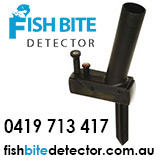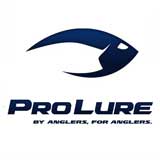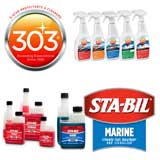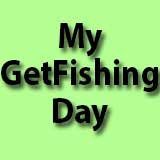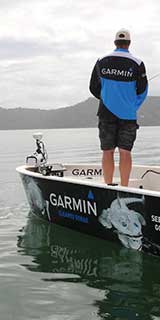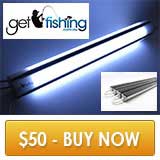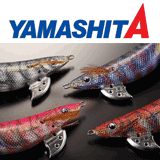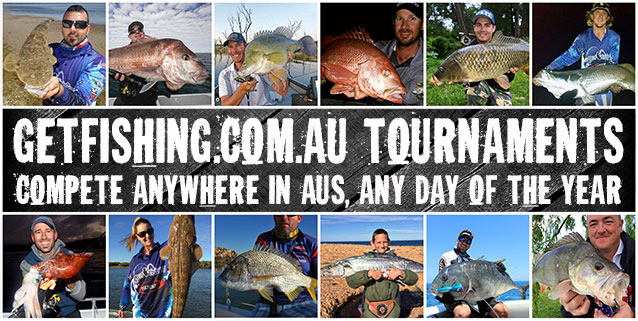Catch Beach Worms
View AllDescription
This video demonstrates the ins and outs of catching beach worms and how to prepare them alive for storage at home for up to a day or so.
The video includes many tips to help you master the art of beach worming so that you too can catch yourself some of the best live bait for bream, whiting and many other species. The footage was taken on the south coast of New South Wales.
What you will need to catch beech worms is 3 things; a pair of beach worming pliers, a stocking and some pilchards.
Giant Beach Worms are collected by anglers for bait. They live in the sand and eat dead fish, seaweed and pipis. They can grow up to 2.5m long and you can find them in the surf zone of sandy beaches throughout south-eastern Australia.
There are 2 types of beach worms, pink heads and green heads. Pink heads are really long and skinny, whereas green heads are shorter and thicker. With the pink heads you really have to take your time to avoid snapping them off. In hard, dense sand once you grab the head you will need to dig down and gain another grip on the worms body. Depending on the length of the worm you may need to do this several times before the worm finally ‘pops’ free and comes out. Larger green heads will also require digging out, whereas smaller green heads up to about a foot long can be pulled out in one motion when you grab the head.
Beach worming can be very difficult to get the hang of. The following tips will help make catching your first few worms much easier.
Catching the worms:
- Make sure you have your 3 pieces of equipment; plastic worming pliers, stocking, pilchards. Cut a few centimeters off one arm of the worming pliers.
- Target the worms that are furthest up the beach away from the breaking waves. This way you will have more time to get them to rise and you will not get as wet in the process.
- Being able to identify the type of worm prior to grabbing it will help determine the method of extraction. If in doubt, just dig them out.
- Push about 6-8 pilchards all the way down to the end of your stocking. This will be your ‘stinky’. Once the wave has come all the way up the beach and is about to start receeding down the beach wave your stinky back and forth in the waves as wide as you can and let the oily fish smell get dispersed by the waves.
- What you are looking for is a little head popping u out of the sand. Where its head is you will see a v-shape in the water as it parts around the worms head.
- Once you see a worm position yourself next to the worm sideways to the waves with the worm positioned between your feet.
- As the last of the water washes down the slope bring the stinky towards the worm and let the last of the water wash the smell of the stinky over the worms position. The worm will pop out of the sand, and at this point bring the sticky closer to it, about 1cm away and about 1cm off the sand. DO NOT LET THE STINKY TOUCH THE WORM.
- The worm will arch its ‘neck’ out of the sand and grab hold of the stinky. At this point stealthfully slide your pliers around the worms head and quick as a flash grab the worm tightly, but not too tight as to crush it’s head completely. DO NOT LET THE PLIERS TOUCH THE WORMS HEAD BEFORE GRABBING IT.
- If the worm is large you will need to throw your stinky up the beach and dig with your free hand next to the worm to gain another purchase further down the body. When you grab the body do so with a small amount of sand between your hand and the worm because they are very slippery. All the while you are gently lifting the worm from the sand. If you feel major resistance from the worm do not force it otherwise it will break. You will feel when it is ready to come out as you apply constant upward pressure. You may have to dig down a few times grabbing the body bit by bit until the whole worm emerges.
- Put the worm in a bucket and continue worming. Tip: Having a bait bucket on your waste will help save time and is the preferred way to stow your worms while worming.
Preparing the worms for bait:
- On the beach find some nice fluffy sand at the top of the high tide mark.
- Scrape away the hot sand on the top and pour your worms into the hole created.
- Put a layer of sand about an inch thick into the bottom of your bucket.
- Coat the worms in the light, fluffy, cool sand in the same way as you would breadcrumb a piece of fish then place them in the bucket. Coating the worms helps keep their protective slime in tack and also makes them easier to handle when baiting a hook.
- Once you have coated all of the worms cover them in a layer of sand about an inch or so.
- When you get home stow them in a cool place in the shade. The best way to keep them longest is to put an ice bottle next to them. Kept like this they will last a day or so. If you put them in the fridge or if the air temperature around them is too hot they won’t last as long. You can freeze them individually and they will still make good bait, but obviously not as good as they are fresh and still wriggling.
-
Price
$ 5
- View
-
Price
$ 80
- View
-
Price
$ 50
- View


